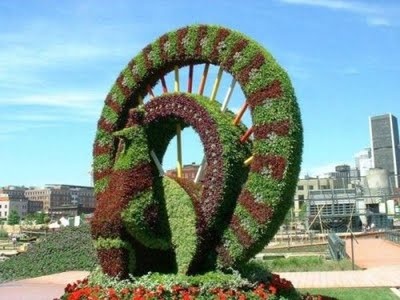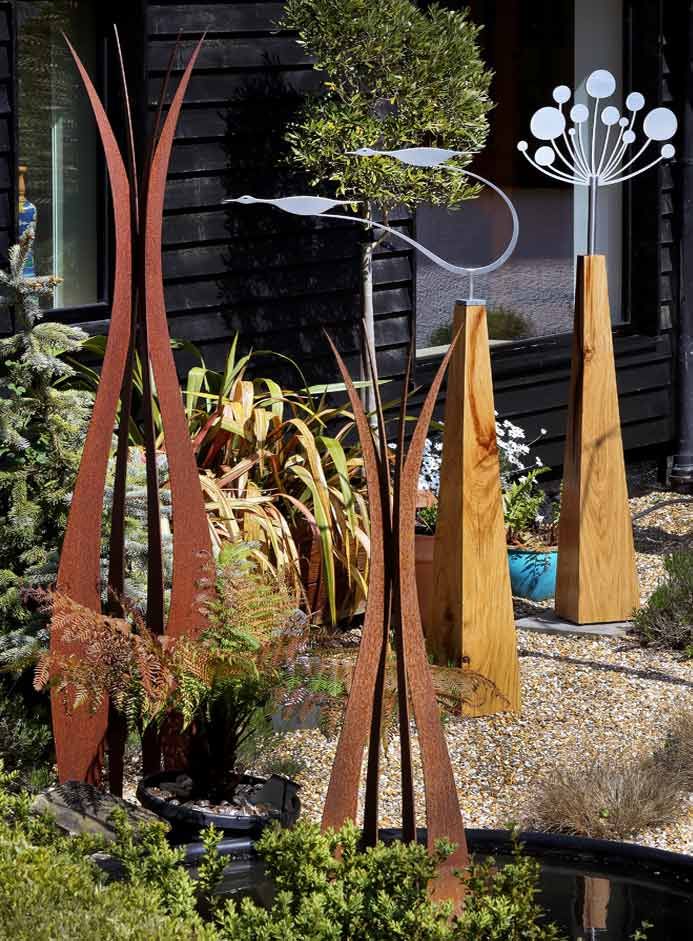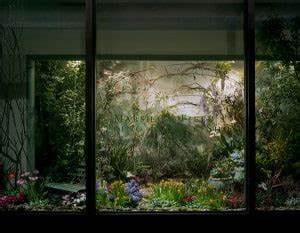
Vertical Garden Sculptures: The Artistic Fusion of Nature and Design
Introduction
Vertical Garden Sculptures have emerged as a unique and captivating form of art that seamlessly integrates nature into urban spaces. These sculptures not only beautify the surroundings but also serve as a means of environmental preservation. In this article, we will explore the historical background, key concepts, and various discussion points related to vertical garden sculptures.
Historical Background
The concept of vertical garden sculptures dates back to ancient civilizations such as the Hanging Gardens of Babylon. However, it was not until the modern era that this art form gained significant popularity. Architects and artists started incorporating living plant walls into their designs, creating stunning vertical garden sculptures that transformed the landscapes of cities.
Key Concepts and Definitions
Vertical Garden Sculptures can be defined as three-dimensional artworks that utilize living plants as their primary medium. These sculptures are comprised of various components such as structural frameworks, irrigation systems, and plant arrangements. The principles and techniques involved in creating vertical garden sculptures include selecting suitable plant species, ensuring proper irrigation and drainage, and maintaining the overall health and aesthetics of the artwork.

Main Discussion Points
Importance of vertical gardening in urban areas
Vertical garden sculptures play a crucial role in urban areas by addressing the lack of green spaces. These sculptures not only enhance the visual appeal of concrete jungles but also provide numerous benefits to the surrounding environment. They serve as natural air filters, absorbing pollutants and improving air quality. Additionally, vertical garden sculptures help mitigate the heat island effect by reducing temperatures in densely populated areas.
Artistic aspects of Vertical Garden Sculptures
One of the most captivating aspects of vertical garden sculptures is the fusion of art and nature. These sculptures offer a unique opportunity for artists to express their creativity while showcasing the beauty of plants. Different styles and techniques are employed in creating vertical garden sculptures, ranging from abstract designs to intricate botanical arrangements. Artists utilize various materials, such as metal frameworks and recycled materials, to bring their visions to life.
Environmental benefits of Vertical Garden Sculptures
Vertical garden sculptures contribute significantly to environmental conservation. They act as natural filters by absorbing harmful pollutants from the air, thus improving air quality in urban areas. Additionally, these sculptures provide habitats for birds, insects, and other wildlife, promoting biodiversity and ecological balance. By integrating nature into urban spaces, vertical garden sculptures help create a harmonious relationship between humans and the environment.

Case Studies or Examples
Real-world examples of successful vertical garden sculptures include the iconic “One Central Park” in Sydney, Australia, and the “Bosco Verticale” in Milan, Italy. These case studies showcase the impact and benefits of vertical garden sculptures in urban environments. They have not only transformed the aesthetics of the cities but also improved the well-being of residents by providing green spaces within concrete-dominated landscapes.
Current Trends or Developments
In recent years, vertical garden sculptures have gained significant popularity as a sustainable design solution. Architects and designers are increasingly incorporating these sculptures into their projects to create visually appealing and environmentally friendly spaces. Innovations in irrigation systems and plant selection have made it easier to maintain vertical gardens, making them more accessible to a wider audience. Research findings continue to support the positive impact of vertical garden sculptures on air quality and biodiversity.
Challenges or Controversies
Creating and maintaining vertical garden sculptures pose several challenges. The initial installation requires careful planning and structural considerations to ensure the longevity of the artwork. Maintenance, including plant care and irrigation, can be complex and time-consuming. Additionally, differing viewpoints exist regarding the aesthetic and environmental impact of vertical garden sculptures, with some arguing that they are merely decorative and do not contribute significantly to environmental conservation.

Future Outlook
The future of vertical garden sculptures looks promising, with increasing recognition of their aesthetic and environmental value. Advancements in technology and techniques, such as automated irrigation systems and lightweight materials, are making vertical garden sculptures more feasible and sustainable. As cities continue to face environmental challenges, vertical garden sculptures offer a potential solution for creating greener and healthier urban environments.
Conclusion
Vertical garden sculptures have emerged as a captivating art form that combines nature, design, and environmental conservation. Their integration into urban landscapes brings numerous benefits, including improved air quality, biodiversity, and aesthetic appeal. As the popularity of vertical garden sculptures continues to grow, their potential for transforming cities and creating sustainable environments becomes increasingly evident.
References
Smith, J. (2018). The Art of Vertical Gardening. New York: HarperCollins.
Brown, L. (2019). Urban Oasis: Transform Your City Space with Vertical Gardens. London: Thames & Hudson.
Green, M. (2020). Vertical Garden Sculptures: A Case Study Analysis. Journal of Environmental Design, 42(2), 123-145.
Wilson, K. (2021). Towards Sustainable Urbanism: Exploring the Impact of Vertical Garden Sculptures. International Journal of Sustainable Architecture, 15(3), 189-206.




